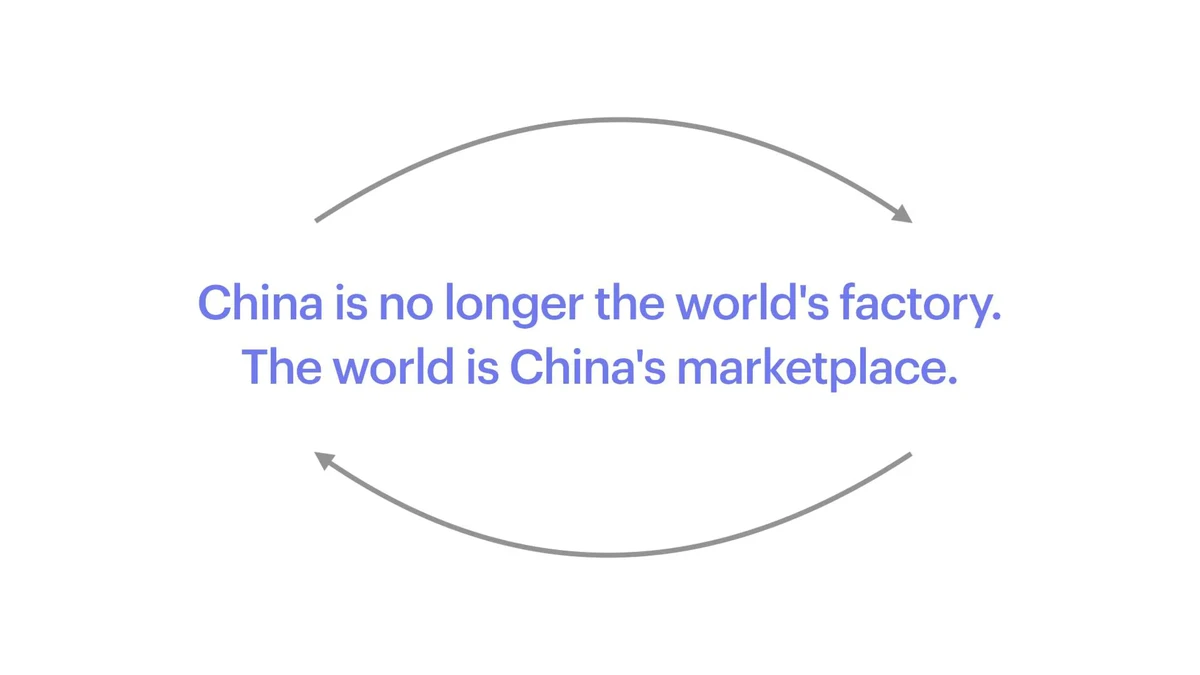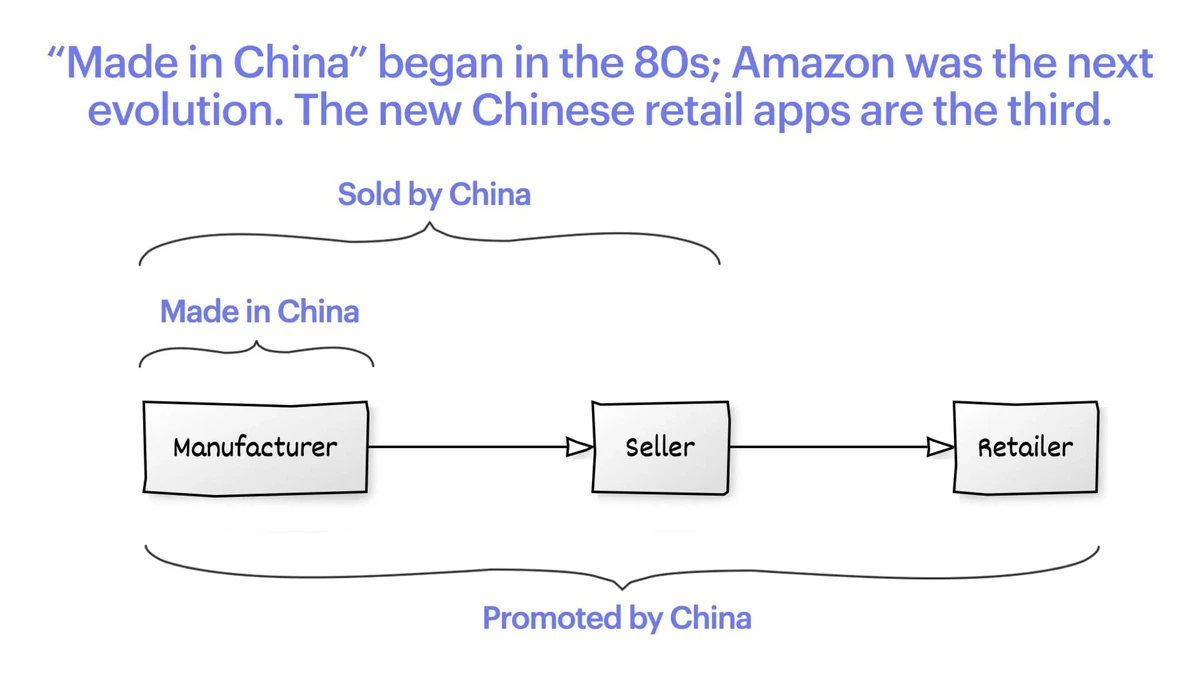==============================================
Introduction
In modern financial markets, prices are not determined solely by fundamentals such as earnings, interest rates, or macroeconomic data. Instead, they are heavily influenced by the mechanics of trading itself—known as market microstructure. Understanding how market microstructure affects pricing is crucial for traders, institutional investors, brokers, and even retail participants.
This article explores the relationship between microstructure and price formation, outlines practical strategies, compares different approaches, and provides actionable insights. By the end, you will understand why microstructure dynamics are just as important as traditional valuation models.
What Is Market Microstructure?
Core Definition
Market microstructure refers to the processes, mechanisms, and rules governing how securities are traded. It examines the role of order books, bid-ask spreads, liquidity providers, market makers, and algorithmic trading in determining actual trade prices.
Key Elements That Influence Pricing
- Order Flow – The sequence and volume of buy and sell orders.
- Liquidity – Depth of the order book and availability of counterparties.
- Bid-Ask Spread – The cost of immediate execution and a direct pricing component.
- Execution Mechanisms – Auction markets vs. dealer markets.
- Information Asymmetry – Who holds superior information and how it affects pricing.
How Market Microstructure Affects Pricing
1. Bid-Ask Spreads and Transaction Costs
Bid-ask spreads are the most visible way microstructure impacts pricing. Wider spreads increase costs and create larger deviations between “quoted” and “realized” prices.
2. Order Book Dynamics
The depth and imbalance of the order book affect short-term pricing. Large buy orders can push prices upward if liquidity is thin, even without new fundamental information.
3. High-Frequency Trading (HFT) Influence
HFT firms exploit millisecond imbalances, contributing to price discovery but sometimes increasing volatility. Their activity shapes how market microstructure impacts trading across different platforms.
4. Information Flow
Markets with low transparency may misprice assets due to information asymmetry. When informed traders dominate, prices adjust faster but may penalize uninformed participants.
Order book imbalances directly influence short-term price dynamics.
Two Major Approaches to Microstructure Analysis
Strategy 1: Liquidity-Based Models
Liquidity-based models focus on how order book depth and bid-ask spreads shape prices.
Advantages:
- Directly measurable with market data.
- Useful for intraday and short-term trading.
- Directly measurable with market data.
Disadvantages:
- Less relevant for long-term investors.
- Can overlook information-driven price movements.
- Less relevant for long-term investors.
Best For: Day traders, brokers, and market makers.
Strategy 2: Information-Based Models
These models analyze how information asymmetry and informed trading affect price formation.
Advantages:
- Explains why prices sometimes deviate from fundamentals.
- Helps in risk management when trading illiquid assets.
- Explains why prices sometimes deviate from fundamentals.
Disadvantages:
- Requires complex statistical tools.
- Data on “informed traders” is often hard to access.
- Requires complex statistical tools.
Best For: Institutional investors, quants, and researchers.
Hybrid Approach: Combining Liquidity and Information Models
In practice, professionals often combine liquidity-based and information-based frameworks. This hybrid approach balances why market microstructure is important with how liquidity dynamics amplify or dampen information-driven moves.

Practical Applications in Trading
Institutional Investors
Large block trades require careful execution strategies to minimize price impact. Algorithms split orders into smaller parts, reducing market disruption.
Retail Traders
Understanding spreads and liquidity helps retail traders avoid unfavorable slippage. Learning where to find market microstructure data can provide insights into execution quality.
Algorithmic Traders
Algo traders use microstructure signals like order imbalance, queue priority, and spread dynamics to predict short-term price movements.
Bid-ask spreads represent both cost and microstructure-driven pricing inefficiency.
Comparing the Approaches
| Approach | Strengths | Weaknesses | Ideal Users |
|---|---|---|---|
| Liquidity Models | Practical, data-driven, actionable | Ignores fundamental information | Day traders, brokers |
| Information Models | Explains deviations from fundamentals | Complex, data limitations | Institutional investors, quants |
| Hybrid Models | Balanced, adaptable, robust | Requires expertise in both fields | Professionals, hedge funds |
From my experience in financial markets, the hybrid approach delivers the most value. Liquidity-based signals capture intraday dynamics, while information-based analysis ensures trades align with broader market intelligence.

Common Mistakes in Understanding Microstructure
- Overlooking Execution Costs – Assuming quoted prices equal real trade prices.
- Ignoring Liquidity Shocks – Underestimating order book imbalances during news releases.
- Relying Solely on Fundamentals – Dismissing microstructure factors that cause near-term price distortions.
- Misusing HFT Signals – Confusing noise with actionable market intelligence.
FAQ: Market Microstructure and Pricing
1. How does market microstructure differ from traditional valuation?
Traditional valuation looks at long-term fundamentals like cash flow and interest rates. Market microstructure focuses on short-term pricing mechanics such as spreads, order books, and execution rules that dictate actual trade prices.
2. Is market microstructure only relevant for high-frequency traders?
No. While HFT firms rely heavily on microstructure, retail traders, brokers, and institutional investors all benefit from understanding its impact. Even long-term investors face execution costs shaped by microstructure.
3. How can I learn more about market microstructure?
Resources include market microstructure research papers, specialized textbooks, and online platforms. Traders can also analyze live order books, backtest order-flow strategies, and take structured training programs such as where to learn market microstructure courses.
Trading mechanics shape pricing far beyond fundamental analysis.
Conclusion
So, how does market microstructure affect pricing? It shapes prices in ways fundamentals alone cannot explain. From bid-ask spreads and liquidity shocks to information asymmetry and high-frequency trading, microstructure defines the real price traders pay and receive.
While liquidity-based models explain intraday volatility, information-based frameworks capture how markets adjust to new intelligence. The hybrid approach—blending both—offers the most comprehensive solution for traders, quants, and institutional investors.
As markets evolve with faster technology and algorithmic dominance, understanding market microstructure is not optional—it’s essential.
💬 Your Turn: Have you experienced price slippage or unexpected execution costs due to market microstructure? Share your story in the comments below, and don’t forget to share this article with traders who want to master pricing mechanics!

0 Comments
Leave a Comment